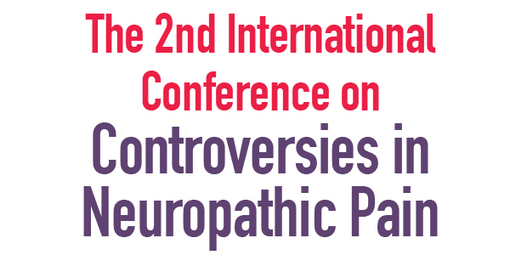Pharmacotherapy, including non-opioid and opioid analgesics, is an important cornerstone in the multimodal management of chronic pain. Opioids are recommended for the treatment of moderate to severe cancer pain in all recent guidelines. However, the use of opioids in the management of non-cancer-related pain, including neuropathic pain, is the topic of much debate and many national and international bodies have published updated guidelines and recommendations.
Recently, the European Pain Federation EFIC formulated clinical practice recommendations.
The key clinical practice recommendations suggest: (a) first optimizing established non-pharmacological treatments and non-opioid analgesics and (b) considering opioid treatment if established non-pharmacological treatments or non-opioid analgeics are not effective and/or not tolerated and/or contraindicated. It should be stressed that the value of opioid therapy must be confirmed for each patient through differential diagnosis, and by weighing up the risk of comorbidities and the potential for opioid‐related adverse effects and substance abuse. Based on at least one RCT, opioids achieve improvements of pain and function compared to placebo at the cost of a lower tolerability in some neuropathic pain syndromes such as painful non-diabetic polyneuropathy, phantom limb pain, radicular pain and central neuropathic pain after spinal cord injury. For all other neuropathic pain syndromes, the clinical practice statement states that it can be considered based on expert consensus. Importantly, opioid treatment should be tapered and stopped if the individual therapeutic goals are no longer achieved, or insufficiently treatable or intolerable adverse events occur, or the individual therapeutic goals are achieved by other medical, physiotherapeutic, physical or psychotherapeutic measures, and finally if people prescribed with opioids diverse and /or use the prescribed opioid in an abusive manner despite complementary treatment from a dependence specialist.
In conclusion, opioids can be a ‘go’ in well selected patients with non-cancer neuropathic pain as part of a comprehensive, multimodal, multidisciplinary approach to treatment.
Key reference
Häuser W, Morlion B, Vowles KE et al. Eur J Pain. 2021 May;25(5):949-968.



